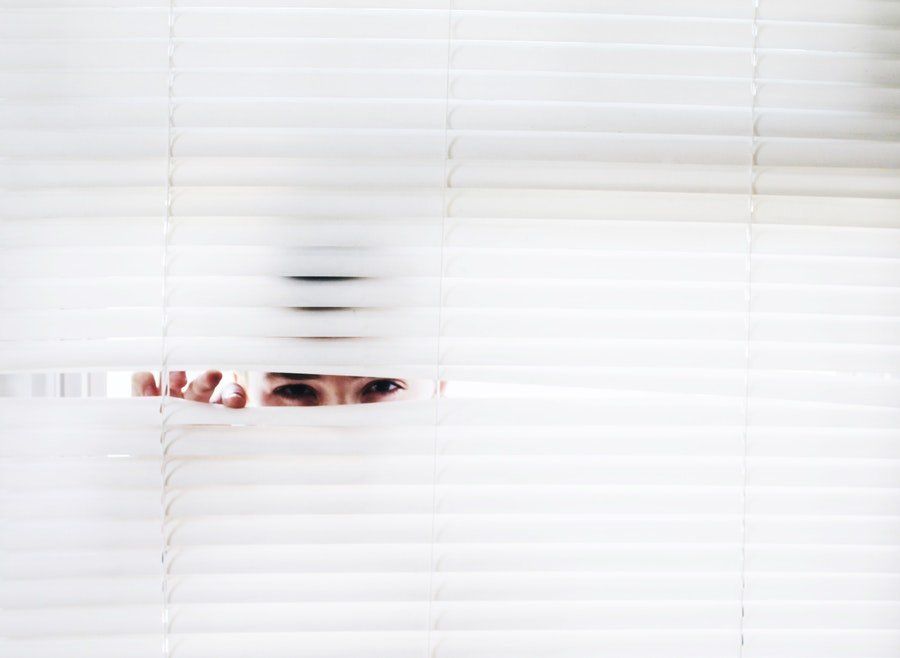Pssst! Are You Overworked?

Leaders should lookout for signs of overworked employees
.
It’s 7pm and you are sitting at your desk; responding to emails – constantly shifting in your chair because of your back aches, and rubbing minyak angin (medicated oil) on your temples to alleviate your migraine.
Maybe it’s time you head home? Traffic has probably dissipated by now and your stomach is rumbling. You’ve been at work 11 hours now but somehow a wave of guilt washes over you. You know the work load you are leaving behind if you leave now – so what do you do?
Employment agency Regus found that 15% of Malaysians work more than 11 hours a day even though Malaysia’s Employment Act clearly states that a person should work a maximum of 10 hours a day and 48 hours a week.
Modernisation has introduced digital working time – the time beyond formal working hours a person spends checking and responding to e-mails, working on their laptop wherever they are and answering work-related queries via text or WhatsApp.
It has become frowned upon to not attend to work-related matters outside of regular working hours – employees fear they will be viewed as lazy or overly headstrong or entitled for wanting their work-life balance respected.
Additionally, employers ‘don’t-like-it-leave’ mentality makes employees feel disposable and without value as an individual. This leads to high anxiety about your position in the company if you start to become weary or rundown by the workload.
So, are employees just being ‘weak’ or ‘whiny’? No. Unrealistic workloads and deadlines as well as the long hours that it leads have a significantly bad impact on the well-being of people.
Health statistics in Malaysia also support this as many Malaysians between the ages of 20 and 40 report more back strain, depression, cardiac problems and stress than before.
Lead researcher Dr Huong Dinh from the Australian National University (ANU) Research School of Population Health says, “Long work hours erode a person’s mental and physical health, because it leaves less time to eat well and look after themselves properly.”
This is especially true for women who do more work at home. “Even though women on average are as skilled as men, women on average have lower paid jobs and less autonomy than men, and they spend much more time on care and domestic work,” Dr Dinh said.
Given the extra demands placed on women, it’s impossible for women to work long hours often as expected by employers unless they compromise their health.

Stories about employees in Southeast Asia collapsing and dying from being overworked has graced national news several times recently. We know it’s a problem but what can we do about it? Do we value output more than human life?
Having said that, evidence doesn’t support the idea that working more hours leads to any better output of productivity. According to the World Health Organisation (WHO), depression and anxiety disorders cost the global economy US$1 trillion each year while every US$1 invested in scaling up treatment for depression and anxiety leads to a return of US$4 in better health and ability to work. However, a lot of this cost could be reduced by having better working hours and conditions.
Additionally, it seems the Organisation for Economic Co-operation and Development (OECD) has found that more productive – and, consequently, better-paid – workers put in less time at the office.
The Greeks are some of the most hardworking in the OECD, putting in over 2,000 hours a year on average. Germans, on the other hand, are comparative slackers, working about 1,400 hours each year. However, German productivity is about 70% higher.
So, more hours working doesn’t mean better work or more output.
Long hours impact more than physical and mental well-being or even productivity. It has a profound influence on socialisation and community engagement.
All this time spent at work is time away from personal causes, volunteering, relationships, and personal time that could lead to innovative and creative thoughts. Living to work has a ripple effect that is far reaching and is holding people back from living meaningful lives beyond the office.
Leaders should be aware of the science and the impact their expectations have on their employees. By encouraging participation and collaboration in an open environment – leaders can get a better insight into what works best for their employees.
Sometimes it seems small and silly but telling your employees to go home and take it easy acknowledges that you see the work they do and you value them as human beings. There is no real gain in tough talk and bravado or bragging about being a workaholic – it’s unhealthy and like a heavy drinker – you might be the one of the few who don’t see it as a problem.
Leaders are by their very nature meant to be followed. So, it’s on you to create that balance and live a more holistic life. It’s better for them. It’s better for you. And it’s better for your company.
Handling high expectations and work overload
IT can be tricky and scary for employees to say “NO” but you can at times if you have a reason. Here are a couple of times some leaders say it’s okay to say “no”.
1. It sets you back from accomplishing your responsibilities:
“Say no at work when you are assigned a task that does not fall under your job description and could be easily accomplished by the person who is asking it. It’s important to say no at work because it earns you respect. If you aren’t getting paid to do something and the task will take away time from accomplishing what you are paid to do, saying no demonstrates your commitment to your role and the value of your time.” — Eileen Carey, CEO of Glassbreakers, talent development firm
2. It doesn’t accomplish a key goal:
“We say no to any meeting or project that does not directly or materially work toward the accomplishment of our key goals. Part of doing any role well is hearing out any and all opportunities that come your way, such as proposed partnerships, co-marketing or cross-functional projects.
At the end of the day, however, you have a limited amount of time and resources, and it’s your job to make sure you’re spending these resources on the highest-impact endeavours. When you receive a proposal that may be a distraction, the best thing to do is hear it out fully and then directly and politely explain why it’s not a fit for the company at this time.
Being honest about your limited ability to take it on will resonate with anyone because the proposal is likely coming from someone with similar constraints who will respect your honesty and commitment to your goals.” — Alexandra Friedman and Jordana Kier, co-founders of LOLA, a feminine care brands company
3. It conflicts with your values or you can’t deliver results:
“Saying no is hard. I tend to gravitate toward yes. When you welcome opportunity, it tends to lead to new, better and exciting things that result in even more opportunities. I can trace certain wins and successes back years and back dozens of introductions and connections, which makes me realise that welcoming opportunities is so important.
That being said, saying no is just as important. You should say no when it is going to set a precedent that you aren’t comfortable with or that might be harmful moving forward. It is also important to say no when you know that you won’t be able to deliver.” — Amanda Greenberg, CEO and co-founder of Baloonr, enterprise software developers.
Business
Tags: Emerging Leadership, Executing Leadership, HR, Character





